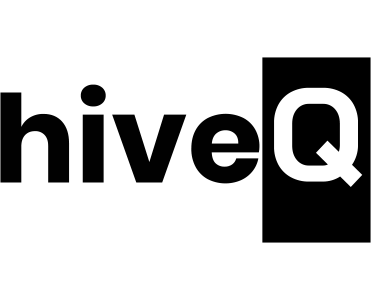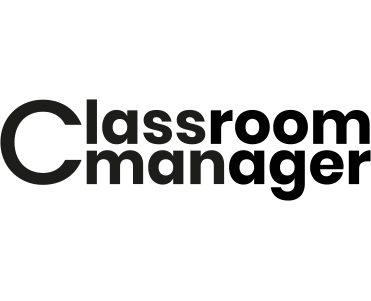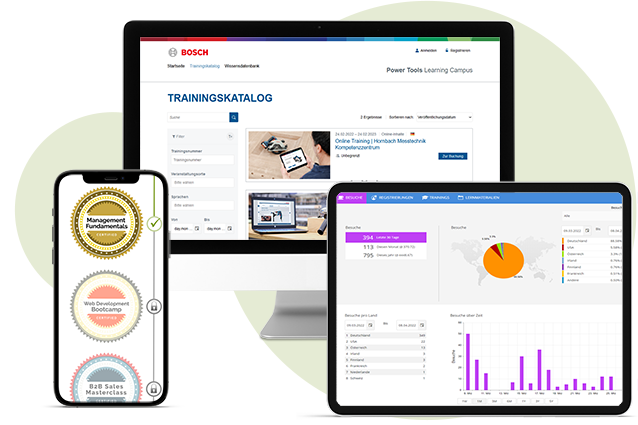While the world of work is changing rapidly and the demands on companies are constantly increasing, many HR systems need to catch up. This leads to inefficiencies, frustrations and, ultimately, a diminished ability to attract and retain talent. Implementing a digital learning and development (L&D) strategy is essential to optimize and future-proof this critical area.
From flexible scheduling to customized learning content, digital learning opens up a variety of opportunities that can positively impact both individual career development and overall company productivity.
Benefits of digital learning for your employees
Digital learning offers employees flexible and personalized learning opportunities that traditional training methods often cannot provide. In addition, more visually appealing media and interactivity can be used to make the learning experience even more engaging and effective.
Flexibility
Flexibility is a key feature of digital learning. Employees can access training materials anytime, anywhere. This is particularly valuable for teams spread across different time zones and those working remotely. A regular newsletter can also inform everyone involved about current training opportunities. This flexibility also means that learning can be integrated into daily routines, contributing to a better work-life balance. Employees can learn at their own pace, which significantly improves engagement and receptivity.
Relevance
E-learning platforms allow learning content to be updated quickly and easily. In an ever-changing business world, it is crucial that employees always have access to the latest information and best practices. With digital learning solutions, companies can update content in real-time without requiring time-consuming reprints of training materials or costly updates. This keeps your employees up to date and allows them to continuously expand their knowledge.
Individualization
Digital learning offers the opportunity to tailor content to employees’ individual needs and learning styles and thus optimize their training. This not only increases the effectiveness of learning but also the motivation of employees. E-learning platforms can offer personalized learning paths based on individual users’ skills, interests and progress. Such tailored approaches help to make learning more relevant and engaging, leading to better learning outcomes.
Cost savings
Digital learning solutions contribute significantly to cost savings. They reduce the need for physical materials such as printed manuals and workbooks. They also eliminate travel costs and the need to hire venues for training. By using e-learning, companies can reduce training costs while ensuring excellent coverage and consistency in knowledge transfer. In the long term, the savings are significant while training quality and availability improve.
Benefits of digital learning for your customers and partners
Your employees benefit from digital learning, and your customers and partners can also experience added value. Introducing digital training offerings strengthens your entire value chain and promotes sustainable collaboration.
Product and service training
E-Learning bietet eine hervorragende Möglichkeit, sowohl Kunden als auch Vertriebspartner umfassend über Ihre Produkte und Dienstleistungen zu informieren. Durch gut strukturierte und leicht zugängliche Schulungsprogramme können beide Gruppen die Funktionen und Vorteile Ihrer Angebote besser verstehen. Dies führt zu einer höheren Zufriedenheit, da Kunden und Partner die Produkte effizienter nutzen und empfehlen können. Eine fundierte Wissensbasis fördert zudem die langfristige Bindung, da gut informierte Kunden und Partner Ihrem Unternehmen treu bleiben und kontinuierlich einkaufen.

Increased efficiency
Well-informed partners and customers require less support from your customer service. E-learning allows you to provide detailed training and guidance that covers common questions and issues. This significantly reduces the need for support and saves both time and money. Customers and partners can find solutions on their own, speeding up the process of resolving issues while freeing up your support team to focus on more complex requests.
Strengthening the brand
A comprehensive training offering demonstrates your commitment to quality and service, which builds trust in your brand. By giving customers and partners access to high-quality, well-structured training materials, you position your company as a leader in your field. This promotes brand loyalty and attracts new customers who recognize the value of your training resources. The use of digital learning can be particularly helpful here. A strong training program underscores your professionalism and commitment to continuous improvement and customer satisfaction.
Want to know more about digital learning solutions? This practical check shows you what to look for when choosing a learning platform.
Making the most of e-learning: 6 best practice examples
Use of interactive and visual content
Interactive learning modules offer a dynamic and engaging way of imparting knowledge. Rather than simply presenting information, these modules can include quizzes, simulations and interactive videos that actively engage learners. This interactivity encourages critical thinking and the application of knowledge in real-life situations, which is a key learning objective.
Companies like Viessmann use interactive modules to deliver technical training on complex machines and processes, which significantly improves employees’ practical application and understanding.

Blended Learning
Blended learning combines the benefits of online and classroom training to provide a comprehensive learning experience. This method utilizes the flexibility of digital learning platforms, complemented by the face-to-face interaction and networking possible in traditional training.
The City of Zurich uses blended learning by combining online learning modules with hands-on workshops. This enables learners to acquire theoretical knowledge in a digital environment and then apply and deepen it in real-life scenarios.

Microlearning
Microlearning delivers learning content in small, easily digestible units to suit different learning styles. This is particularly effective in a fast-paced working environment where time is precious.
Continental, for example, uses microlearning in the format of Learning Cards to provide its partners with regular, short, concise training units. This enables learners to acquire and apply knowledge quickly without significantly interrupting their daily work routine.

Regular feedback loops
Regular feedback loops are crucial to optimize the learning process and ensure the effectiveness of training programs. Continuous feedback allows learners to understand their progress and work specifically on their weaknesses.
For example, short feedback surveys and individual feedback from trainers can be incorporated after selected modules. This practice helps personalize the learning process, increase employee engagement and ensure that training content is always tailored to the learner’s needs.
Learning streams
Learning streams offer an innovative way to promote continuous learning and engagement with employees, customers and partners. These streams consist of short, informative posts published regularly in a social media-like format.
Companies like Continental use learning streams to continuously share up-to-date information, best practices and tips. This method encourages informal knowledge sharing and allows the partner to interact even more with the brand. Integrating comment functions and likes increases engagement and creates a collaborative learning culture. Other companies use learning streams to make onboarding and personnel development more appealing.
Integrated learning platforms
Integrated learning platforms are revolutionizing training processes in companies through seamless integration into existing IT systems and thus offer considerable potential for training and further education.
For example, companies can benefit from the automatic synchronization of employee data and central management of training materials. This integration improves efficiency, increases data quality and promotes user acceptance as the platform is integrated into the familiar IT environment. Centralized reports and analyses make it easier for management and the HR department to access consolidated data, resulting in cost savings.

Recommendation: Pick 1-2 best practice examples and apply them to your situation to optimize your L&D strategy. Each of the above examples solves different challenges and can be used appropriately.
Would you like to see more examples of best practices and discover the extensive possibilities of an integrated learning platform? Book a demo now!
FAQ
Digital learning refers to the use of digital technologies and media to deliver learning content and support learning processes. It encompasses a wide range of tools and methods, including online courses, e-books, learning apps, virtual classrooms and interactive multimedia materials, all of which can be part of comprehensive education and training. Digital learning enables learners to learn flexibly and from any location and promotes the individual adaptation of the learning process to the needs of the user.
The term “digital learning” is broader and includes all types of learning that use digital technologies. E-learning, on the other hand, refers more specifically to electronic learning via the internet or other electronic media. E-learning is therefore a sub-category of digital learning that focuses mainly on formal online educational offerings such as online courses, webinars and virtual classrooms.
Here is an 8-step guide to correctly implement your LMS.
Digitization: Refers to the process of converting analogue information and processes into digital formats. This can include, for example, the scanning of documents, the introduction of digital archiving systems or the automation of manual processes.
Digital transformation: Encompasses the profound change and transformation of companies and societies through the integration of digital technologies. It goes beyond pure digitalization and includes the adaptation of business models, organizational structures and corporate cultures to the requirements and opportunities of the digital era. Digital transformation often requires rethinking and redesigning existing processes in order to remain competitive and take advantage of new opportunities.












